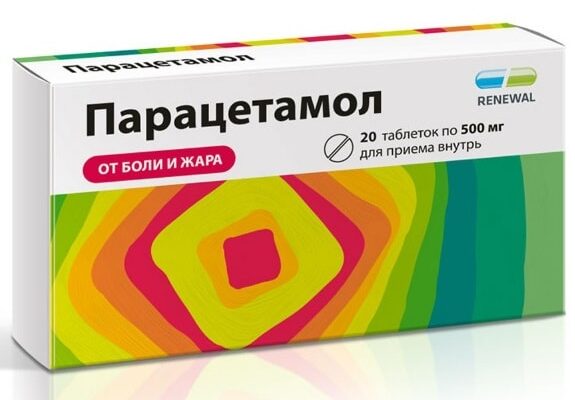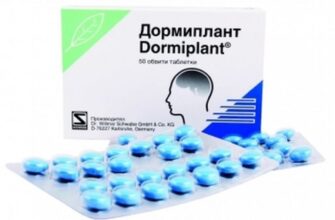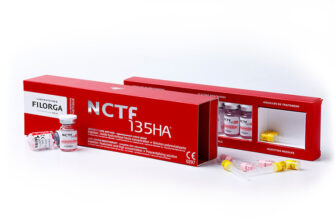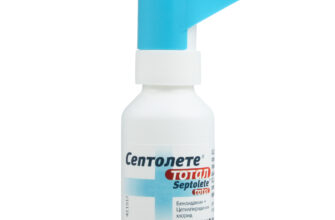Review of the best according to the editorial board. On the selection criteria. This material is subjective and does not constitute advertising and does not serve as a purchase guide. Before buying, you need to consult with a specialist.
Back pain is a condition that almost everyone who has lived to middle age has experienced at least once in their life. According to doctors, a third of patients who come to an appointment complain about this problem. Most often, such pain is not caused by any specific changes in the body – if earlier everything was attributed to 'osteochondrosis', that is, age-related changes in the cartilage between the vertebrae, then as the MRI spread, it turned out that protrusion and even herniated intervertebral discs are rather an ordinary phenomenon , and their severity has nothing to do with the intensity of pain. Asymptomatic protrusions – tears of the disc membrane, into which the nucleus protrudes – are found in more than a third of people aged 25 to 49 years and in 100% of people over 60 years old.
Despite this, age-related degenerative changes are still considered one of the causes that can cause back pain. But besides them, other factors play a role:
- microtrauma of musculoskeletal structures,
- violation of muscle tone and fascia (dense muscular membranes),
- increased sensitivity of the nervous system to pain,
- violation of the anatomical relationships of the structural elements of the spinal motion segment (hypermobility, joint instability, change in the distance between the vertebrae due to a decrease in the height of the intervertebral discs, etc.;
- biomechanical disorders (improper posture, prolonged forced position, leading to residual muscle deformation);
- damage to a nerve or root due to trauma, compression (compression) or ischemia (poor circulation).
As you can see, there can be many reasons for back pain that does not threaten health and life. Therefore, for in the classification of ICD-10 diagnoses, a special category has been allocated for it called 'Dorsalgia' (M54).
We have included in the rating of the best pills for back pain and drugs that are aimed at eliminating pain, and drugs that help restore normal metabolism in the structures of the spine, nerves, and back muscles.
Attention! The material is not a purchase guide, advertising. Before use, a specialist consultation is required.
- Rating of the best pills for back pain
- Best Pain Relief Pills
- Paracetamol
- Advantages
- disadvantages
- Diclofenac
- Advantages
- disadvantages
- Celecoxib
- Advantages
- disadvantages
- The best pills to reduce muscle tone
- Flupirtine
- Advantages
- disadvantages
- Tizanidine
- Advantages
- disadvantages
- Gabapentin
- Advantages
- disadvantages
- The best tablets that restore metabolism in the paravertebral structures
- B vitamins
- Advantages
- disadvantages
- Glucosamine + Chondroitin Sulfate
- Advantages
- disadvantages
- When back pain is dangerous
Rating of the best pills for back pain
| Nomination | a place | Name of product | price |
| Best Pain Relief Pills | 1 | Paracetamol | RUB 39 |
| 2 | Diclofenac | RUB 24 | |
| 3 | Celecoxib | 168 RUB | |
| The best pills to reduce muscle tone | 1 | Flupirtine | 390 RUB |
| 2 | Tizanidine | 240 RUB | |
| 3 | Gabapentin | 724 RUB | |
| The best tablets that restore metabolism in the paravertebral structures | 1 | B vitamins | 480 RUB |
| 2 | Glucosamine + Chondroitin Sulfate | 342 r |
Best Pain Relief Pills
These drugs are usually prescribed in courses lasting up to two weeks in case of exacerbation of pain syndrome and are canceled after the intensity of pain decreases. In severe cases, the course of admission may be longer, but without consulting a doctor, it is not worth prolonging the therapy on your own: the longer the course, the higher the likelihood of side effects.
Paracetamol
Rating: 4.8

These pills are better known as antipyretics, but, belonging to the class of non-steroidal anti-inflammatory drugs, they can also reduce pain, swelling, and relieve inflammation in microtraumas. Therefore, most clinical guidelines for the treatment of back pain suggest it as a starting therapy. Subject to the dosage recommended in the instructions, paracetamol is safe, and the analgesic effect is sufficient for most ordinary cases. Adults need to take the medicine 3-4 times a day, 0.5 – 1 gram after meals, with plenty of water. In no case should the maximum dosage indicated in the instructions be exceeded of 4 grams per day, as this can lead to severe liver damage. Other side effects include allergic manifestations, blood disorders, nausea, and dizziness.
Paracetamol in no case can be combined with alcohol intake – this increases the likelihood of toxic liver damage.
Advantages
- non-prescription,
- high safety subject to admission rules.
disadvantages
- not the most effective pain reliever,
- in case of overdose or in combination with alcohol, it can cause toxic liver damage.
Diclofenac
Rating: 4.7

Another time-tested drug that not only reduces pain, but also relieves inflammation. The low price makes diclofenac affordable for any wallet. The prolonged form (diclofenac 100 mg) allows you to take the medicine once a day.
Available in tablets of 50 and 100 mg, the maximum daily dose is 150 mg.
The optimal duration of the course is up to a week, since with prolonged use, the drug contributes to the development of stomach and duodenal ulcers. Diclofenac, like most other non-steroidal anti-inflammatory drugs, blocks the production of substances that support inflammation, and substances close to them in chemical composition that support the regeneration of cells in the mucous membrane of the gastrointestinal tract. Therefore, such a side effect as a drug ulcer does not depend on the method of administration (in tablets or injections), the use of the drug before or after a meal, since the problem is in the very mechanism of the drug's action. To protect the stomach lining in situations where diclofenac needs to be extended by more than a week, your doctor may recommend drugs from the group of proton pump inhibitors, such as omeprazole or lansoprazole, which reduce the synthesis of hydrochloric acid and reduce the aggressiveness of the stomach environment.
Diclofenac is contraindicated:
- with reduced blood clotting,
- severe hepatic and renal failure,
- ulcers of the stomach and duodenum, ulcerative colitis, Crohn's disease,
- during the last trimester of pregnancy and while breastfeeding,
- children under 15 years old.
Advantages
- low price,
- reduces pain and inflammation well.
disadvantages
- with prolonged use, it can provoke an ulcer.
Celecoxib
Rating: 4.6
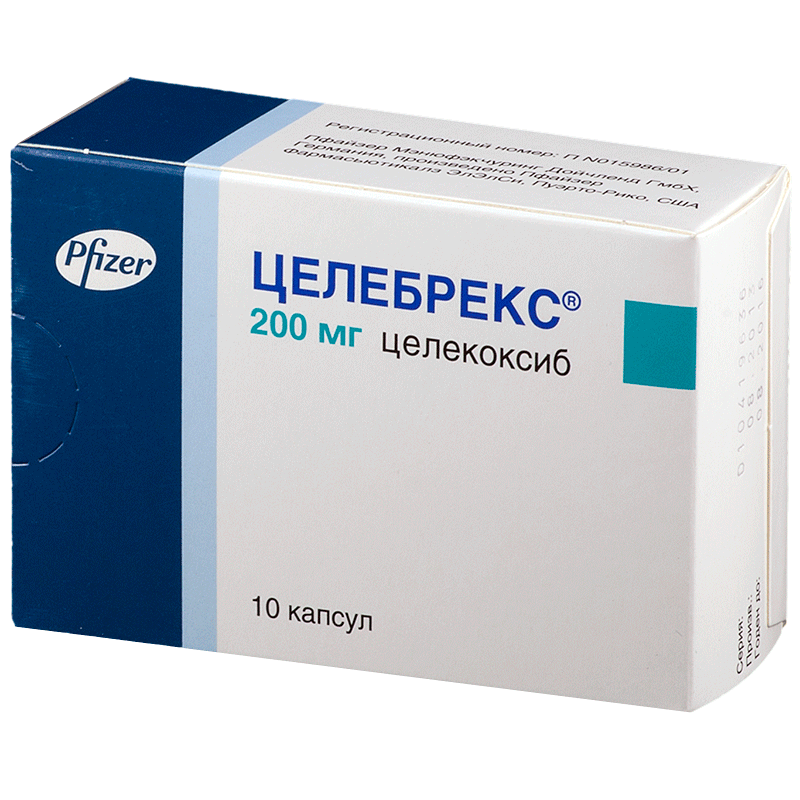
Trade names: Celebrex, Dilaxa.
It belongs to the class of selective inhibitors of cyclooxygenase-2, that is, unlike the non-steroidal anti-inflammatory of the previous generation, it reduces the synthesis of only substances that promote inflammation, but not substances that regulate the protection of the mucous membrane of the gastrointestinal tract from an aggressive environment and the regeneration of mucosal cells. The safety of celecoxib for the gastrointestinal tract has been confirmed by numerous studies.
On the other hand, celecoxib promotes fluid retention in the body, which can lead to an uncontrolled increase in blood pressure in patients with pre-existing hypertension, and its effect on the blood coagulation system can provoke aggravation in people with confirmed coronary heart disease and cardiovascular insufficiency. Therefore, celecoxib is contraindicated in patients with hypertension. IHD, cardiovascular insufficiency. The safety of use has not been studied in pregnant women, persons under 18 years of age and in severe liver and kidney damage.
Available in tablets of 100 and 200 mg.
The recommended dosage is 100 – 200 mg 1 – 2 times a day, the maximum daily dose is 400 mg.
With a doctor's prescription.
Advantages
- does not affect the mucous membrane of the gastrointestinal tract, does not increase the likelihood of developing ulcers,
- does not increase the likelihood of bleeding.
disadvantages
- contraindicated in people with hypertension and coronary artery disease,
- high price.
The best pills to reduce muscle tone
We have already mentioned that often the cause of back pain is an imbalance in muscle tone caused by improper posture, prolonged forced position (at the computer, driving, half bent, and so on). In such cases, doctors may recommend tablets that reduce muscle tone – centrally acting muscle relaxants. By relaxing overstrained muscles, these drugs reduce pain. Often they are prescribed in order to enhance the effect of the tablets mentioned in the previous section of the rating – diclofenac, paracetamol and the like. The combined effect allows you to reduce the dosage of both groups of drugs, and the lower the dose, the lower the likelihood of adverse events.
Flupirtine
Rating: 4.4
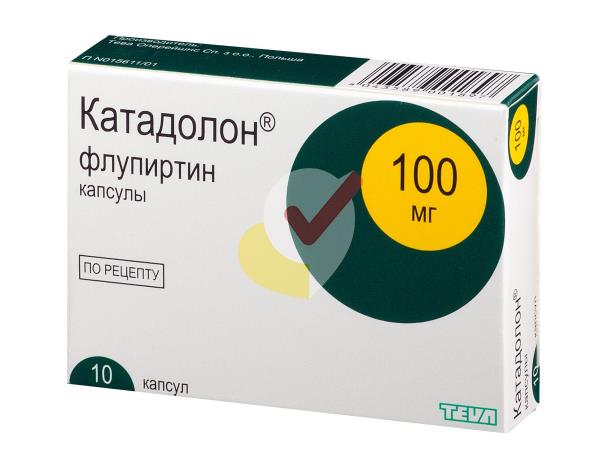
Trade names: Katadolon, Neurodolon.
It combines the properties of a non-narcotic analgesic and a muscle relaxant. On the one hand, it reduces pain by acting on the corresponding centers in the brain, on the other hand, it relaxes overly tense muscles. Due to the action on the central nervous system, it reduces the 'mood' for pain, which prevents the transition of pain to a chronic form, and if chronicity has already occurred, it 'erases' pain memory, reducing sensitivity to unpleasant sensations. It is not addictive, does not damage the mucous membrane of the gastrointestinal tract, has no restrictions on the duration of therapy.
On the other hand, it is not recommended for people driving cars, since at the beginning of the course of use it can cause muscle weakness, drowsiness, and dizziness. It sharply enhances the effect of alcohol, therefore, it is not recommended to combine the intake of flupitrin and the use of alcohol. You should not also combine flupitrin with paracetamol – this combination increases the toxic effect of drugs on the liver.
Usually, 100 mg is prescribed 3 times a day, with very severe pain, 200 mg 3 times a day is allowed, but no more.
Contraindicated in children, pregnant and lactating women, with severe liver failure, alcoholism.
Dispensed by prescription.
Advantages
- complex action against pain,
- prevents the transition of acute pain to chronic,
- not addictive.
disadvantages
- you can't drive
- high price.
Tizanidine
Rating: 4.3
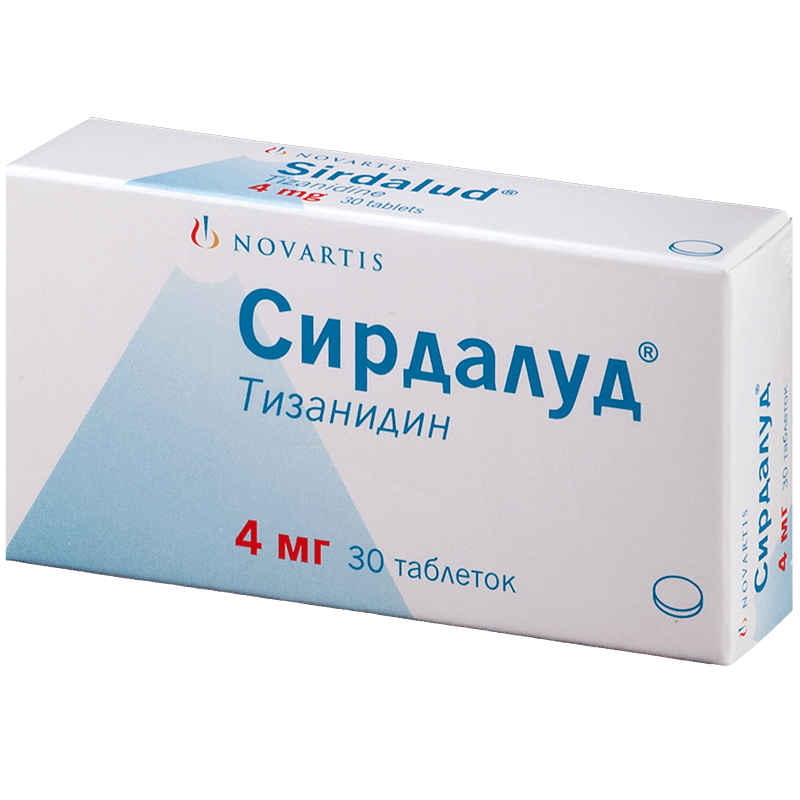
Trade names: Sirdalud, Tizanil
Reduces excessive muscle tension, relieves painful muscle spasms in pathologies of the spine, such as spondylosis, osteochondrosis, cervical or lumbar syndrome. Has a sedative (sedative) effect, when combined with non-steroidal anti-inflammatory drugs, it has a moderate gastroprotective effect, that is, it protects the stomach wall from the formation of medicinal ulcers.
On the other hand, it can excessively reduce blood pressure, and with abrupt cancellation, on the contrary, cause a sharp jump in blood pressure, therefore, when there is no longer a need to take the medicine, the dose should be reduced gradually. Due to the potential to cause drowsiness and dizziness, it is not recommended for people who drive vehicles or work where a quick reaction is needed.
The recommended dosage is 2-4 mg 3 times a day. If ineffective, the dosage can be increased, the maximum allowable is 36 mg per day.
Do not use simultaneously with the antidepressant fluvoxamine, the antibiotic ciprofloxacin.
Contraindicated under the age of 18, pregnant women and during breastfeeding, with severe liver pathology.
With a doctor's prescription.
Advantages
- calming effect,
- moderate gastroprotective effect.
disadvantages
- you can't drive
- prescription.
Gabapentin
Rating: 4.2
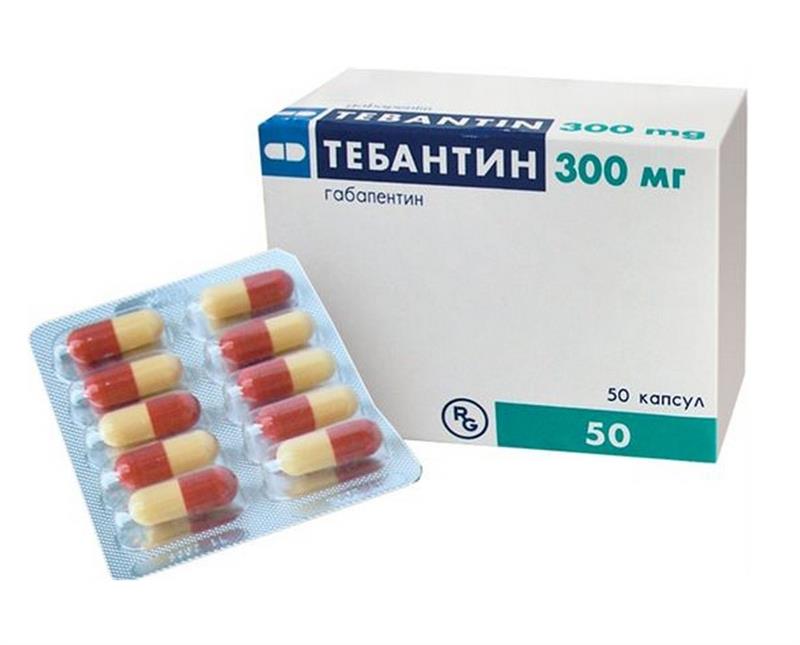
Trade names: Tebantin, Konvalis, Katena.
This drug was originally created in order to prevent epileptic seizures, but has found its use in the treatment of chronic pain, including back pain. This is due to the fact that the agent acts on the nerve centers and regulates the balance of biologically active substances 'responsible' for pain sensitivity. When applied to dorsalgias, gabapentin has been shown to be best used in the treatment of so-called neuropathic, 'radicular' pain. These are acute shooting pains caused by compression of the spinal roots, often 'radiating' along the legs or arms.
Gabapentin is usually prescribed not as a stand-alone drug, but in combination with celecoxib, diclofenac, and similar tablets. Medicines mutually enhance the effect of each other, due to this it is possible to reduce dosages and, as a result, the severity of side effects.
It is recommended to start with 300 mg (1 tablet per day), on the second day, the dosage should be increased to 600 mg (2 tablets per day), by 3 to 900 mg. If ineffective, you can continue to increase the dosage to the maximum allowable 3600 mg (12 tablets) per day.
Like any potent drug, Gabapentin can cause undesirable effects: changes in blood pressure (both increase and decrease), headache, dizziness, abdominal pain, swelling.
Not recommended for persons under 18 years of age, the safety of use in pregnant women and breastfeeding has not been established.
With a doctor's prescription.
Advantages
- removes 'lumbago',
- works for chronic pain lasting more than 3 months in a row.
disadvantages
- many side effects,
- prescription.
The best tablets that restore metabolism in the paravertebral structures
Despite the fact that age-related degenerative changes in the spine do not always manifest themselves as painful sensations, it is impossible to say that they do not contribute to the appearance of back pain. Therefore, with dorsalgia, drugs are often recommended to help restore the cartilage of the intervertebral discs. Another area of therapy is the restoration of microcirculation in spasmodic muscles and vitamins, which help to improve the metabolism in the nervous tissue. We will talk about these groups of drugs in this section of our rating.
B vitamins
Rating: 4.1
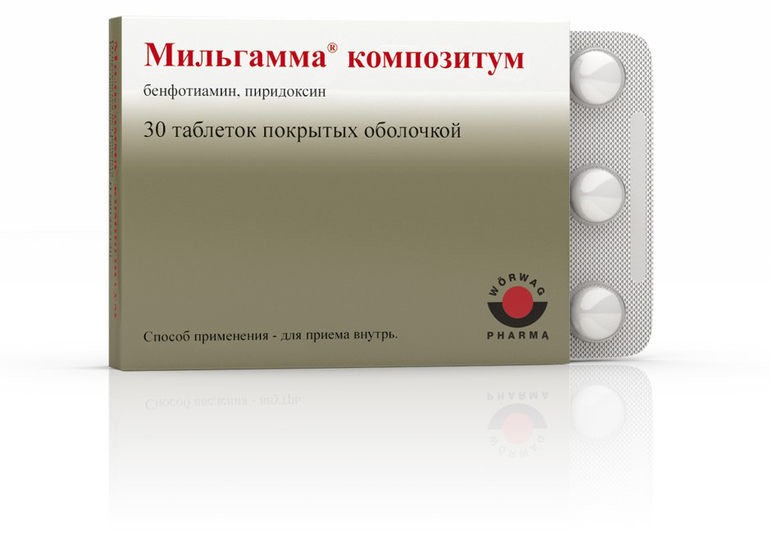
Trade names: Milgamma Compositum, Kombilipen.
These products contain vitamins B1, B6 and B12. This combination has an analgesic effect. In addition, such a complex of vitamins can enhance the analgesic effect of anti-inflammatory drugs and reduce the need for them.
The combination of vitamins B1, B6 and B12 works in several ways:
- promotes the restoration of nerve fibers,
- reduces the activity of inflammation,
- restores the functions of nerve cells,
- restores the activity of the body's own analgesic (antinociceptive) system.
A special feature of vitamin complexes created for the treatment of back pain is a special, fat-soluble form of vitamin B1 – benfotiamine. It is absorbed 8 to 10 times better than regular water-soluble vitamin B1.
The recommended dosage is from 1 to 3 tablets of Milgamma Compositum or Combilipen per day. It is usually suggested to take 3 tablets for 1 – 2 weeks to saturate the body with vitamins, and then use smaller dosages for 1 – 2 months.
Vitamin complexes have practically no contraindications, with the exception of the already known individual intolerance. They are not recommended during pregnancy as it is impossible to investigate their safety for the fetus for obvious reasons.
Advantages
- high safety,
- complex action aimed at reducing pain and restoring nerve cells.
disadvantages
- not.
Glucosamine + Chondroitin Sulfate
Rating: 3.8
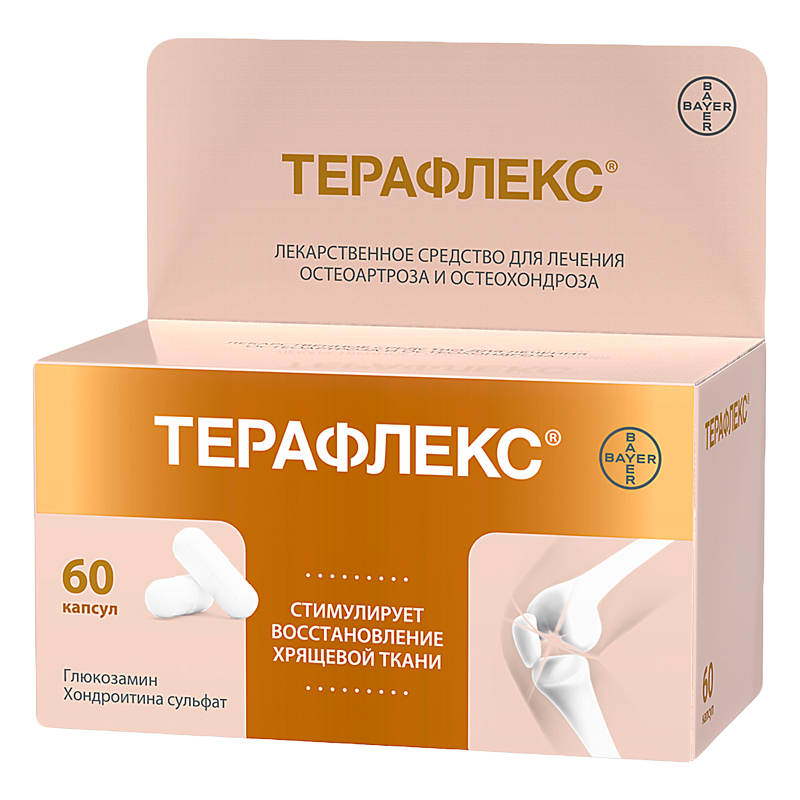
Trade names: Teraflex, Artra KordraNova, Glucosamine & Chondroitin.
Glucosamine and chondroitin sulfate are often sold separately. but they provide maximum efficiency in a complex. These substances slow down the destruction of cartilage and contribute to the restoration of cartilage tissue, including intervertebral disc tissue. In addition, they reduce inflammation and thereby reduce the intensity of pain – but this effect can only be noticed after 2 to 3 weeks of daily use. The funds are designed for long-term use: the recommended course duration is 3 – 6 months and it is desirable to repeat the therapy at least once a year. If you follow the scheme, the drug prevents relapses of pain, therefore, most often it is used not in the active phase of the disease, but for the prevention of exacerbations.
Usually glucosamine with chondroitin is well tolerated, but it can cause allergic reactions and discomfort in the stomach area, which disappear after dose reduction.
The drug is contraindicated in severe renal impairment. The safety of use in pregnant women has not been studied.
Advantages
- reduces the need for potent pain medications,
- minimum side effects.
disadvantages
- high price.
When back pain is dangerous
You need to see a doctor as soon as possible if:
- back pain first appeared in a person under 18 or over 55;
- pain is not associated with movement,
- lying doesn't get any easier
- some time before the onset of pain there was a back or spinal injury;
- back pain is accompanied by an increase in temperature,
- the intensity of pain is constantly increasing,
- it doesn't get any easier at night
- a person loses weight for no reason,
- there was a deformity of the spine,
- weakness or numbness in the legs,
- disturbed urination.
Most often, back pain, although it delivers many unpleasant moments, does not pose a danger to life. But the listed signs may indicate a serious illness, when back pain is only a symptom of other, more dangerous conditions.
Attention! This rating is subjective and does not constitute an advertisement and does not serve as a purchase guide. Before buying, you need to consult with a specialist.

